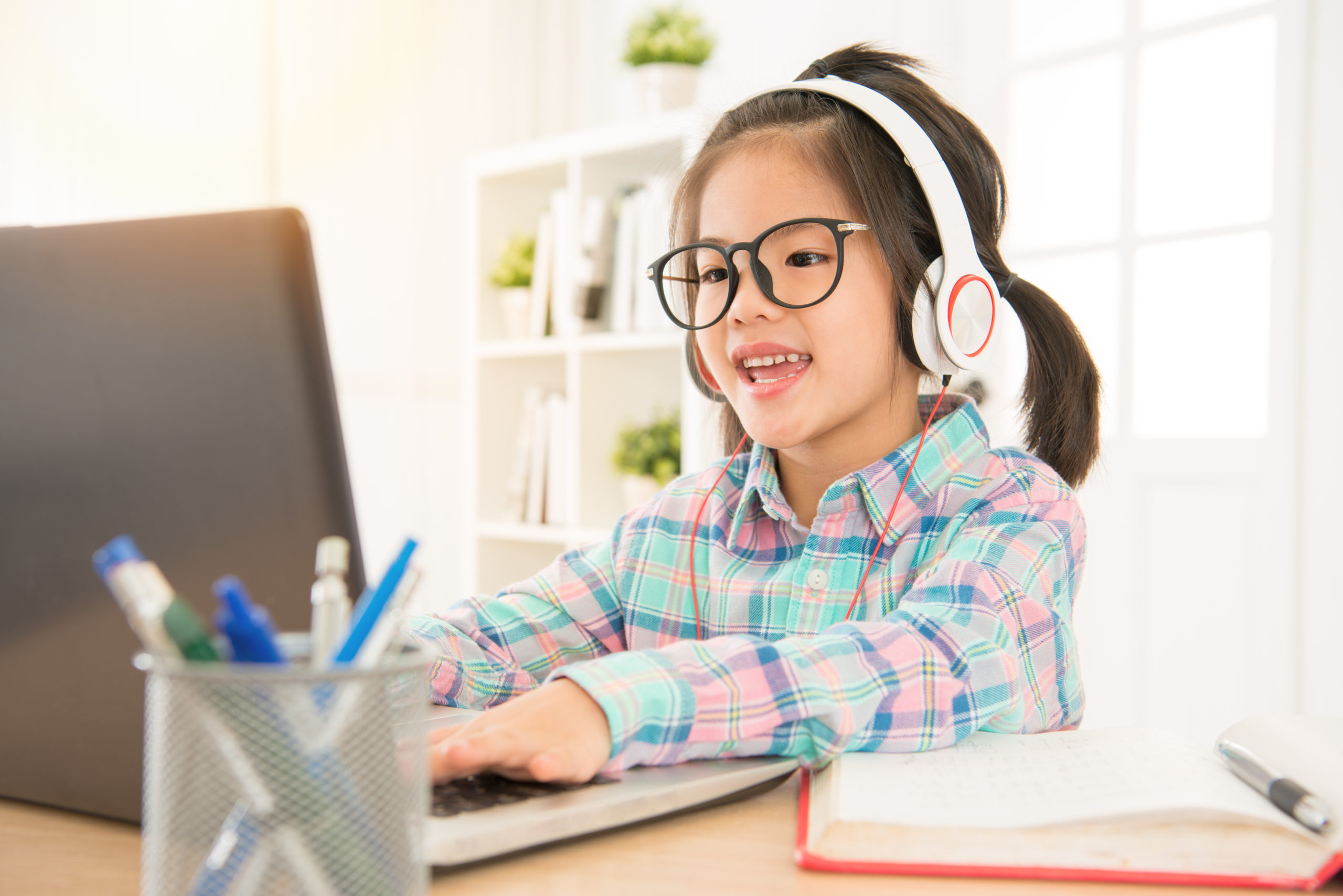The transition from classroom to home learning can be particularly challenging for students with learning differences, but help is available for teachers navigating the new normal of education
Due to the COVID-19 pandemic, public schools in forty-six U.S. states have closed – some for a few weeks and others for the remainder of the school year – thrusting millions of students into a large-scale experiment involving some form of remote learning. School personnel are scrambling to distribute Chromebooks and iPads along with school lunches. Teachers are completing just-in-time training for online platforms like Zoom, Google Hangout, and Seesaw so they can provide effective instruction. This new normal is challenging for everyone, and for students with disabilities, the transition from classroom to home learning can be particularly stressful.
Free webinar: April 7 at 12:00-12:45 pm PT – School closed? How to support students with learning differences online with Bookshare
How Can Teachers Balance the Demands of All Students?
How do special education teachers provide accommodations to students with IEPs, 504 plans, or needs related to learning differences in an online environment? How do general education teachers deliver online instruction that supports students with AND without special needs? Teachers and administrators must find the balance between meeting the unique needs of students with disabilities and the urgency of providing remote learning to all students.
The Department of Education, Office of Special Education and Rehabilitation Services, has provided guidance to help schools transition to online learning. In this fact sheet, it states that schools must provide a free and appropriate public education (FAPE) to students with disabilities, including online environments, but it gives teachers flexibility and recommends the use of accessible technology.
Bookshare – Free Ebooks for Students with Reading Barriers
One resource available to all U.S. schools, both public and private, that can help educators provide the materials and accommodations students with disabilities need is a free, online tool funded by the Office of Special Education Programs (OSEP) called Bookshare.
Bookshare is an online library that makes reading easier for students with dyslexia, blindness, cerebral palsy, and other reading barriers. With Bookshare, students can read books in easy-to-read formats like audio, audio + highlighted text, braille, and large font and can customize their experience to suit their individual learning style. Students can read at home on laptops, tablets, smartphones, and assistive technology devices.
Explore Bookshare’s Learning at Home resource guide
The library has over 820,000 titles, including textbooks, educational materials, literature, leveled readers, and college prep books, as well as popular young adult and children’s books. Teachers can give students access to hundreds of books on ready-made lists that Bookshare has curated or create customized lists for their student members. They can also show parents how to give students independent access to the entire collection.
Get Started Today
To join Bookshare, students must have a qualifying reading barrier like dyslexia, blindness, low vision, and cerebral palsy. Teachers can create FREE accounts for their schools and sign up qualified students online. Getting started is easy, and Bookshare provides shortcut guides, online tutorials, and member support.


Be First to Comment